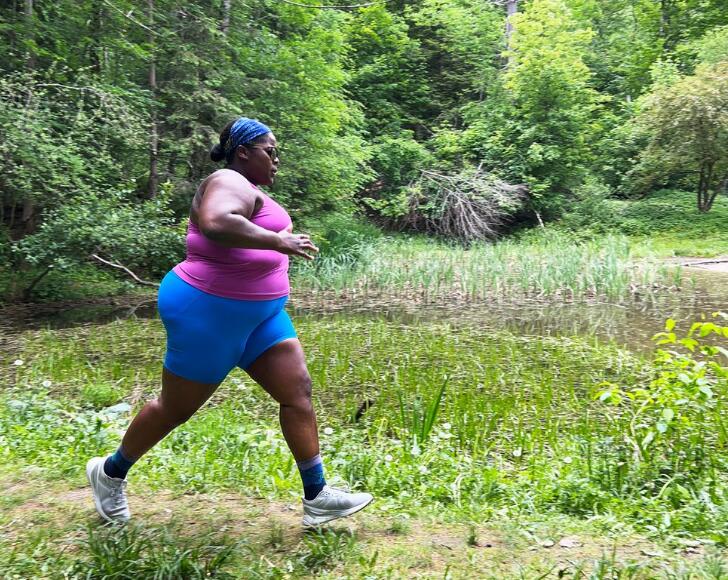Movie theatres are set to reopen in Indian-administered Kashmir for the first time in more than two decades. Moazum Mohammad and Abid Bhat report on the return of the cinema to the conflict-torn region – and what it means for the people.
The foyer of the INOX multiplex in Kashmir’s main city of Srinagar is filled with the region’s crafts – intricate wood carvings on the ceiling and doors and a theatre logo made of papier-mâché.
“It took us four years to reach this day,” says Vikas Dhar who, along with his father, has partnered with the multiplex chain to open the cinema complex in the region.
It was no ordinary task – the Dhar family demolished an eight-room guest house to make way for the four-storey multiplex.
An inaugural screening was held on 20 September with Bollywood superstar Aamir Khan’s Laal Singh Chaddha – an adaptation of the Hollywood hit Forrest Gump.
Manoj Sinha, the lieutenant-governor of Jammu and Kashmir, called it a “historic day” and “a reflection of a new dawn of hope, dreams, confidence and aspirations of people”.
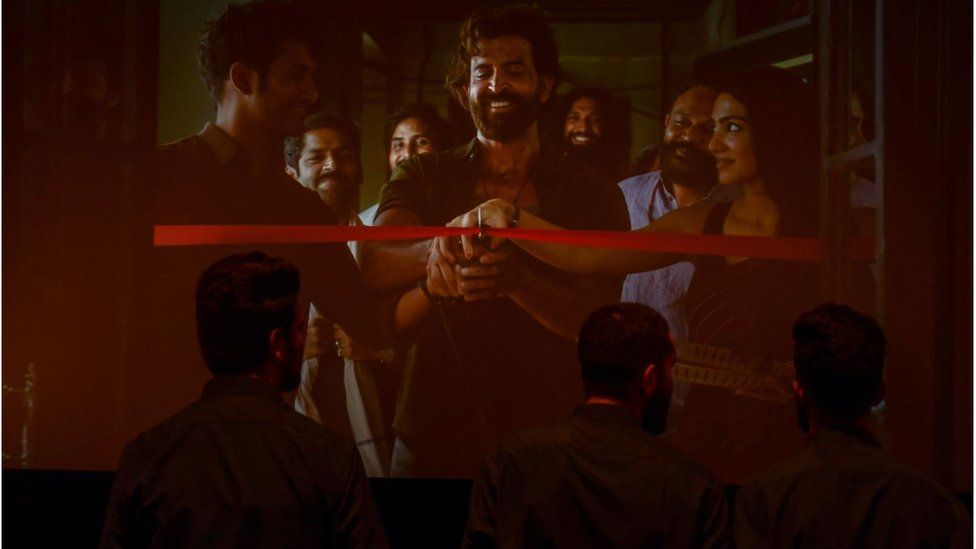
The cinema complex has three movie halls, all equipped with sophisticated sound systems.
Two auditoriums will begin screening films from Saturday, while the third is yet to open to public. The complex will also house an entertainment zone for kids.
The Dhars say they wanted to give children of Kashmir – a region torn by decades of conflict and violence – a chance to enter “the world of fantasy”.
“Children in Kashmir do not get any entertainment after school hours,” Mr Dhar says. “We sifted through ideas and decided to open this multiplex.”
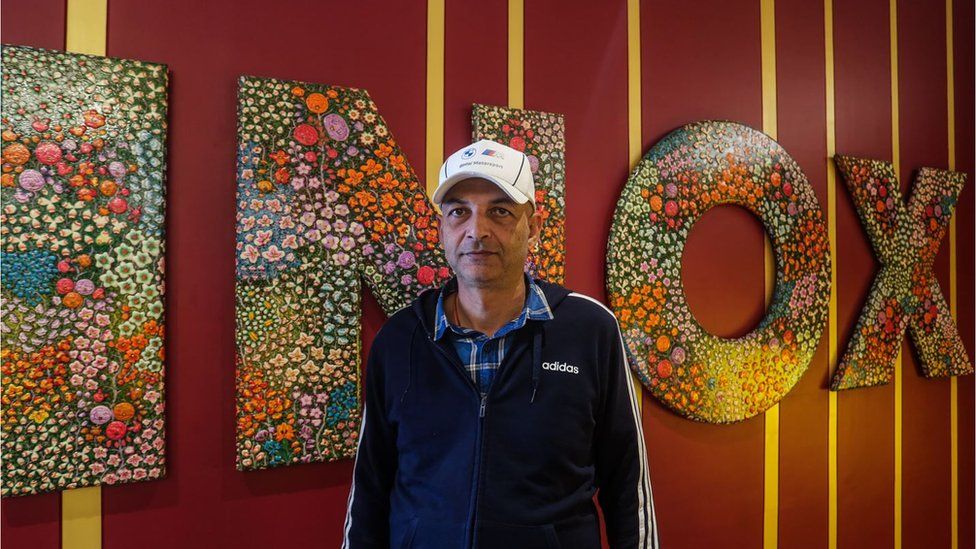
Until the early 1990s, Kashmir – India’s only Muslim-majority region – had a dozen cinemas, with 10 in the main city of Srinagar alone.
A lot of Bollywood films were also shot in the region, known for its idyllic meadows and picturesque landscapes.
But an armed rebellion against Indian rule that started in late 1980s forced cinema halls to close.
As violence intensified, Allah Tigers – a militant group – announced a ban on film screenings and liquor shops, declaring them against Islam.
Many of these complexes were turned into camps for Indian security forces while others became shopping complexes and hospitals.
Indian authorities attempted to reopen three halls in 1999, but a deadly militant attack at the Regal Cinema, which killed one and wounded eight others, thwarted those efforts.
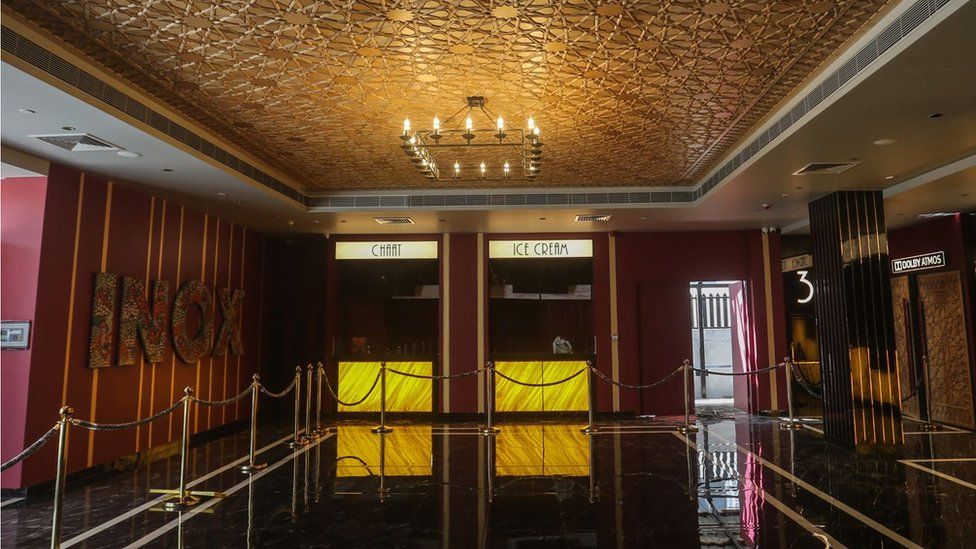
Manmohan Singh Gauri, the owner of the oldest Palladium cinema (formerly Kashmir Talkies), still remembers their last film screening – it was 31 December 1989 of Bollywood film Maha Badmash, starring Vinod Khanna.
Opened by his grandfather in 1932, the cinema located in Srinagar’s Lal Chowk area had entertained Kashmiris for decades, before it was burnt down in 1993.
The cinema was also the backdrop for India’s first Prime Minister Jawaharlal Nehru’s historic speech on 2 November 1947 in which he promised Kashmiris a referendum to choose between India and Pakistan. Both countries claim Kashmir in entirety but control only parts of it.
“We were left without a livelihood and lived as refugees away from home,” says Mr Gauri, who fled to Amritsar city in Punjab following the outbreak of violence in the region.
But the re-opening of theatres has inspired him to restart his family establishment.
Mr Gauri said he met Lt-Gov Sinha, who spoke about renewing “the bond between Jammu Kashmir and the Indian film industry through cinema”.
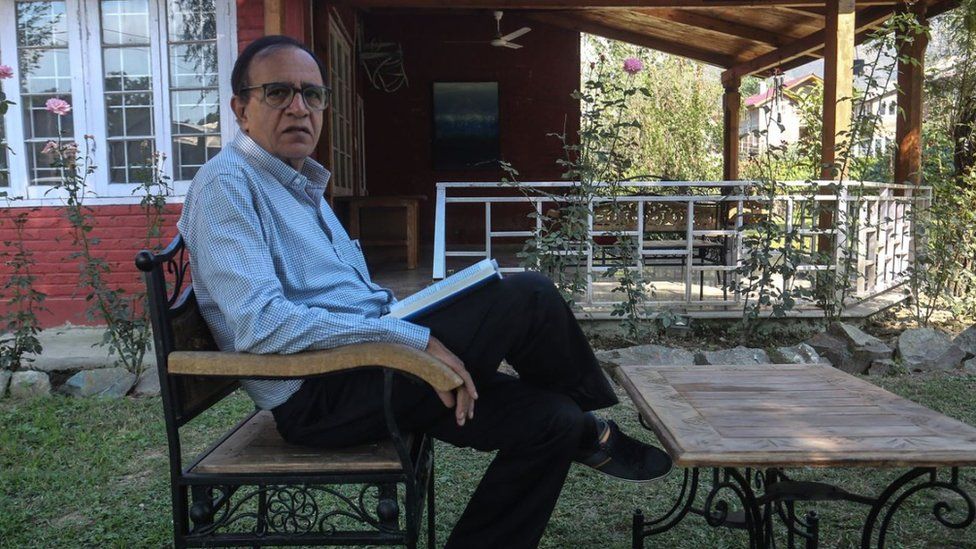
In 2019, Prime Minister Narendra Modi’s government stripped the region of its autonomy and split it into two federally-run territories of Ladakh and Jammu and Kashmir.
Since then, a series of laws and policies have been implemented which the government says will bring development – a claim contested by residents who worry that the moves are aimed at changing the demography of the region.
The Lt-Gov Sinha-led administration has also taken several measures to woo filmmakers back into the region.
“We are in the process of setting up a Film City here and also establishing 100-seater cinemas across all the 20 districts in Jammu and Kashmir,” he announced in his inaugural address at the INOX theatre.
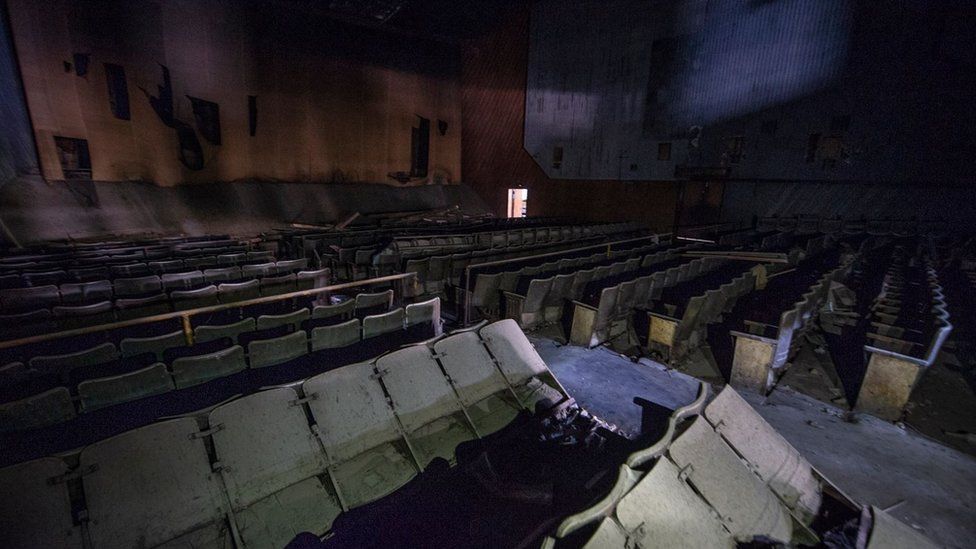
Local artists are hopeful that the changes would allow them to showcase their work.
“I hope the new cinema halls will at least keep one screening per day for locally made films,” actor-filmmaker Mushtaque Ali Ahmad Khan says.
For others, the reopening of cinemas has evoked a sense of nostalgia.
Dilshada, a 73-year-old homemaker from north Kashmir’s Baramulla district, remembers how she used to watch movies with her family.
Now a grandmother, Dilshada said she had visited almost every theatre in the region in her days.
She remembered the day when she went to watch the 1973 film Bobby – starring Rishi Kapoor and Dimple Kapadia – with her cousin. The sisters had to cover their faces to avoid being identified.
“As Dimple appeared on the screen, people began to shout and hoot. We were nervous and ran out,” Dilshada says.
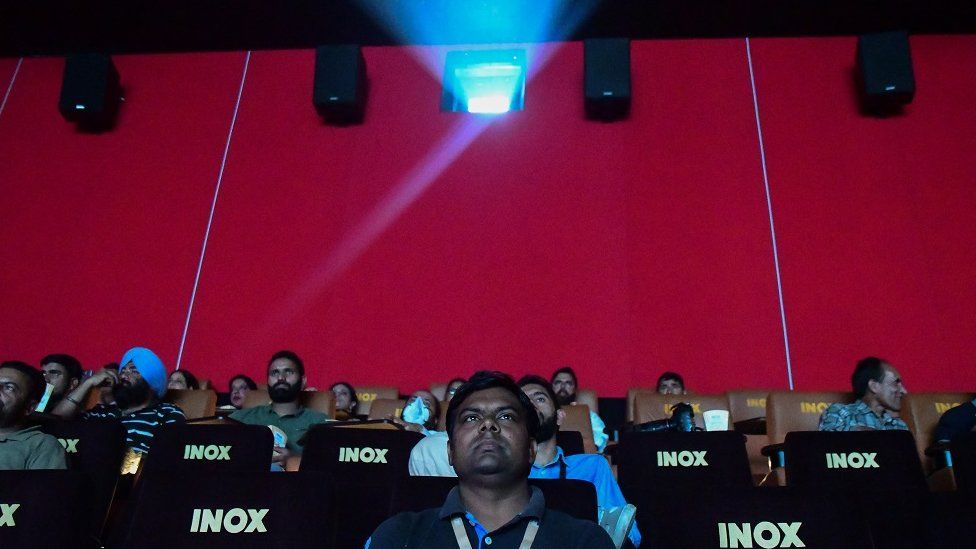
They eventually went back and watched the full movie, she said. “After a few days, I went with my husband to watch it again. But I did not tell him that I had seen it before.”
While the return of cinema has delighted people like Dilshada, others accuse the authorities of turning it into a political project.
A journalism student, requesting anonymity, said this was the government’s latest attempt to show that the region was back to normalcy, and that “no-one in Kashmir opposed cinemas in the first place”.
Mr Dhar remains conscious of the fragile political and security situation in the region. But he says that he “followed his heart”.
“If only one person visits [the cinema hall], I will be happy,” he says.

